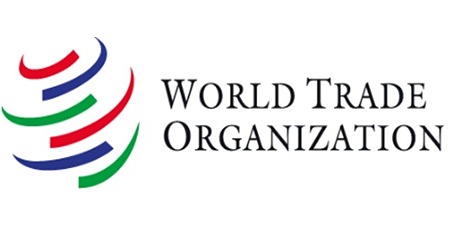A WTO working paper of 7 February 2025, written by Rohini Acharya and Thakur Parajuli has the title The Evolution of Preferential Trade Under Regional Trade Agreements: Has Anything Changed? The paper looks at the question of whether the share of merchandise trade subject to preferences has increased in line with the increase in the number of regional trade agreements (RTAs).
The number of RTAs has been increasing in recent decades, and there is also some consolidation of RTAs into plurilateral or “mega-regional” agreements. The RTAs diverge from the most favoured nation (MFN) principle by providing preferential treatment to other member countries of the RTA. This generally includes the elimination of tariffs and other trade barriers. This discriminates against other WTO Members who are not involved in that RTA, but the GATT agreement includes an exemption from the MFN principle for the formation of free trade agreements (FTAs) and customs unions. There is a similar exemption in the general agreement on trade in services (GATS) in relation to services.
The paper studies the share of merchandise trade under RTA preferences and whether this share is increasing by comparison to the trade under MFN treatment. The paper considers data on tariff-line level imports by 157 customs territories with an additional 161 RTAs entering into force from 2010 to 2022. The outcome of the study indicates that despite the overall growth in RTAs, the share of trade carried out under RTA preferences has been relatively stable over the period examined.
The study shows that by 2022 around 52% of the total volume of trade was covered by RTAs (excluding intra-EU trade). The share of imports subject to zero MFN duties also increased in the period. This increase in MFN duty-free imports has restricted the growth of potential preferential imports under RTAs. As MFN tariffs are liberalized, this reduces the scope for further preferential tariff liberalization.
As the number of RTAs has increased globally, the trend is largely unchanged, with the maximum share of potential preferential imports under RTAs averaging around 20% of total merchandise imports between 2010 and 2022. By the year 2022, around 23.3% of world imports could potentially be preferential under RTAs, implying that around 76.7% of imports still occurred on an MFN basis.
The authors conclude that while the share of potential preferential imports under RTAs has gradually increased over the period studied, the size of the increase does not match the number of new RTAs entering into force. This emphasises the continued importance of non-RTA trade which is carried out mainly under the multilateral trading system.
The authors note however that there are other reasons why RTAs are important. Plurilateral RTAs consolidate a number of RTA rules, facilitating the free flow of goods and services between the RTA partners. Most RTAs also include other provisions on investment, competition, environment, labour, and electronic commerce, that also facilitate trade although their impact is more difficult to measure through merchandise trade data.












